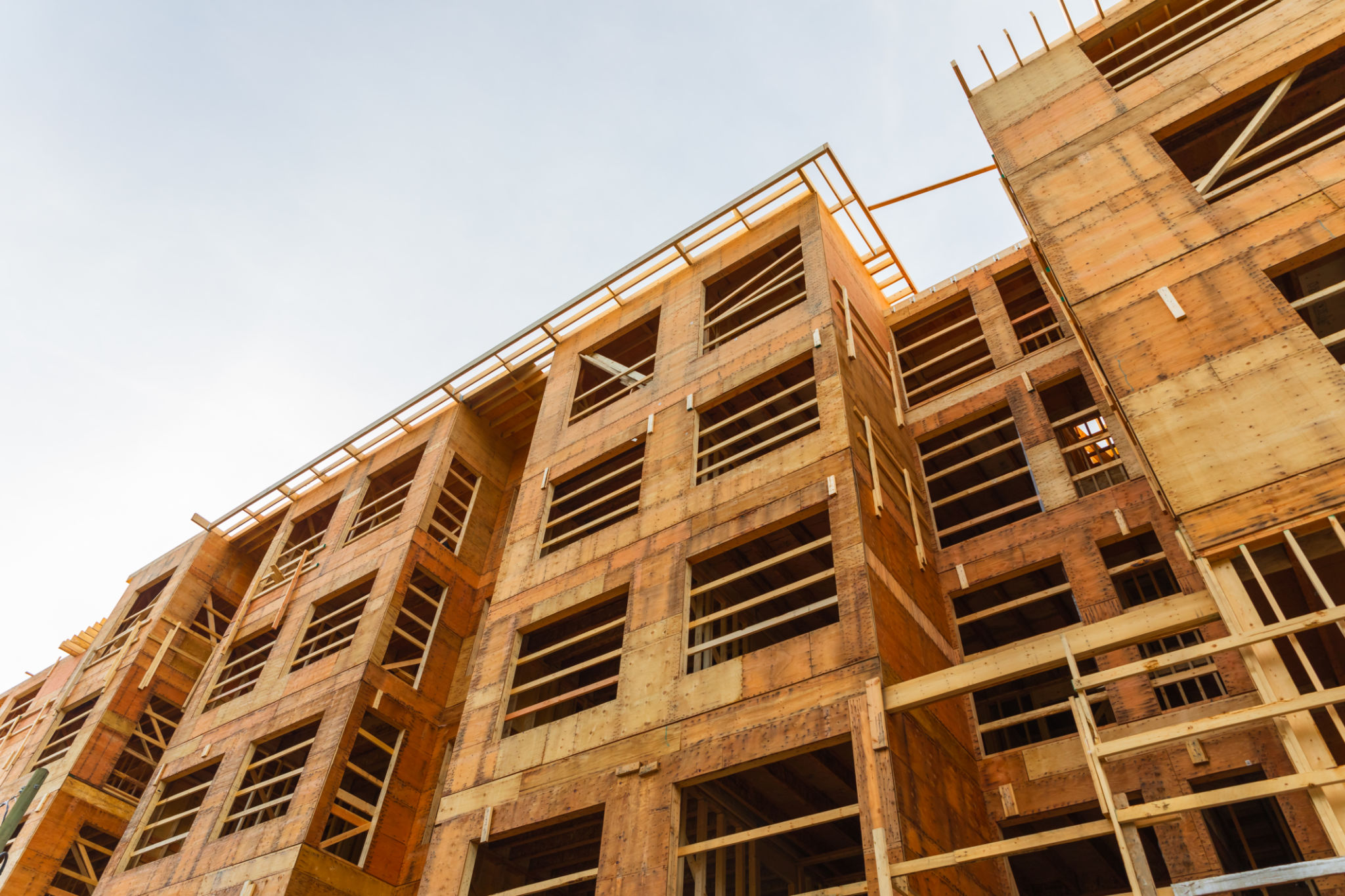Comparing Single-Family Homes and Apartments: Investment Perspectives
Introduction to Real Estate Investments
Real estate investments offer a tangible asset class that provides numerous opportunities for growth and income. Among the myriad of choices, single-family homes and apartments often top the list for many investors. Each type of property offers distinct advantages and challenges, making it essential to evaluate them from an investment perspective to determine which aligns better with your financial goals.

Single-Family Homes: A Traditional Approach
Investing in single-family homes is a time-honored strategy that appeals to many due to its simplicity and straightforward management. These properties often attract long-term tenants, which can lead to consistent rental income and reduced vacancy rates. Additionally, single-family homes tend to appreciate over time, offering potential capital gains.
However, investing in single-family homes comes with some risks. The investor relies on a single tenant, which means that vacancy can significantly impact cash flow. Moreover, maintenance and repair costs are the responsibility of the property owner, which can add up over time.
Advantages of Single-Family Homes
There are several reasons why investors might prefer single-family homes:
- Strong resale value: These properties are often in high demand, making them easier to sell when needed.
- Lower complexity: Managing a single tenant is often simpler than dealing with multiple tenants in an apartment complex.
- Tax benefits: Investors can take advantage of various tax deductions associated with property ownership.

Apartments: Maximizing Potential Returns
Apartments offer a different investment dynamic. With multiple units under one roof, they provide the opportunity for higher income potential through economies of scale. Apartments typically have higher rental yields compared to single-family homes, making them attractive for those seeking cash flow.
However, the management of apartments can be more complex due to the number of tenants and maintenance requirements. The initial investment is usually higher, but the potential for return may also be greater. Additionally, apartments can experience fluctuations in occupancy rates, impacting income stability.
Benefits of Investing in Apartments
The advantages of apartment investments include:
- Income diversification: With several units, the risk is spread across multiple tenants, reducing the impact of vacancies.
- Scalability: Apartments offer opportunities to scale investments more efficiently than individual homes.
- Amenity-driven demand: Modern apartments often include amenities that attract tenants willing to pay higher rents.

Comparative Analysis
When comparing single-family homes and apartments, investors must consider their own risk tolerance, management capabilities, and financial goals. Single-family homes offer a more straightforward management process but potentially lower returns. In contrast, apartments require more intensive management but can yield higher income and appreciation potential.
Ultimately, the choice between single-family homes and apartments depends on several factors including market conditions, location, and individual investment strategies. Both have their place in a diversified real estate portfolio but align differently with various investor profiles.
Conclusion: Making the Right Choice
In conclusion, both single-family homes and apartments present viable investment opportunities. By understanding the unique characteristics of each property type, investors can make informed decisions that align with their financial objectives. Whether you prioritize steady cash flow or long-term appreciation, thorough research and strategic planning are key to successful real estate investing.
The real estate market continues to evolve, offering new opportunities and challenges for investors. By staying informed and adaptable, investors can leverage the strengths of both single-family homes and apartments to build a robust portfolio.
